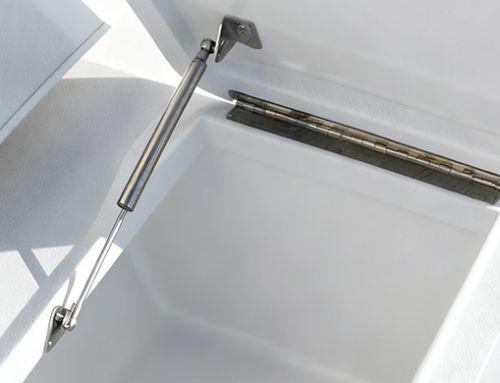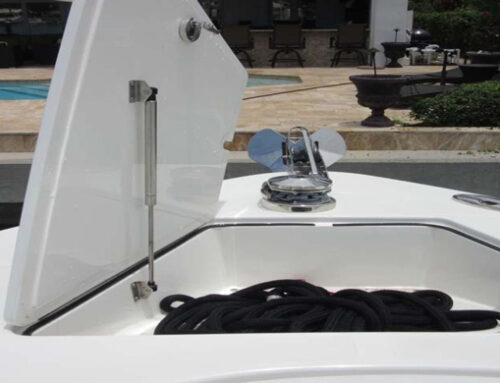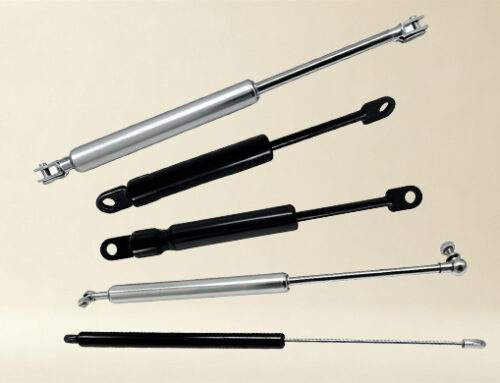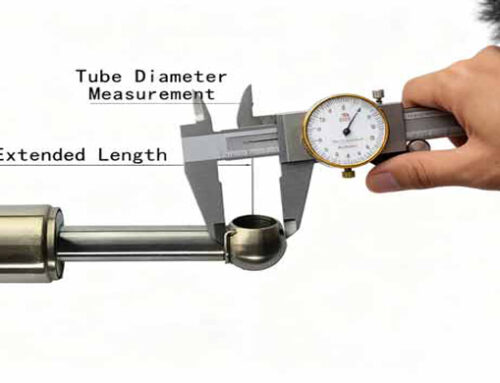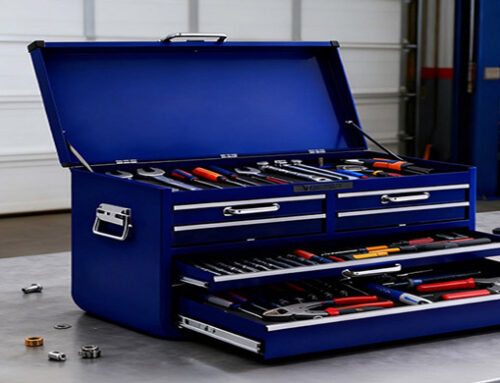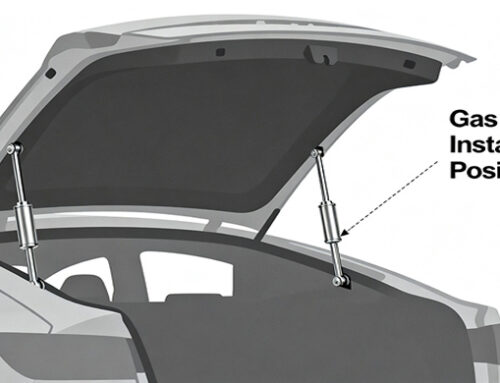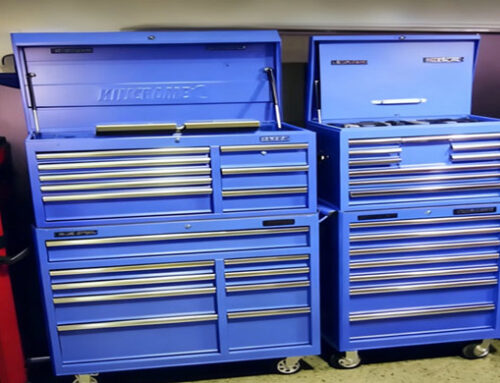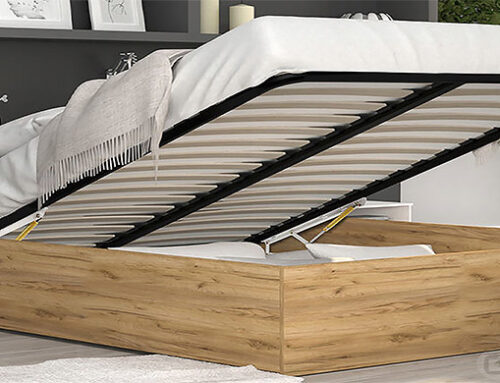
tool box shock
Tool Box Shocks: Imagine a busy car repair shop where a mechanic needs to get a repair tool from a tool box. As he opens the heavy lid, it suddenly slams down due to a lack of support. With tools scattered everywhere and a precious few seconds wasted, Mike thinks of his days spent wrestling with stubborn toolboxes. At this point, you need to upgrade your tool box with Tool Box Shocks.
With a simple push, the toolbox lid smoothly rises, held effortlessly in place by the gas springs. No more wrestling, no more spills. You can now focus on the job, efficiently grabbing tools as he works under the hood of a classic muscle car, all while the sun shines through the shop’s windows, casting a warm glow on his organized workspace.
Tool Box Shocks Solution
When using Tool Box Shocks, you may face several issues, such as inconsistent lifting force due to pressure loss, installation challenges that lead to misalignment, and sensitivity to extreme temperatures that affect performance. Frequent use can cause wear and tear, reducing lifespan, while off-the-shelf solutions may not meet specific design needs. GASTAC Gas Spring Manufacturer is here to help you tackle these problems by offering customized solutions, expert support, and high-quality products designed for optimal performance and durability.
The following are some common problems you may encounter when using tool box struts, and simple and safe solutions:
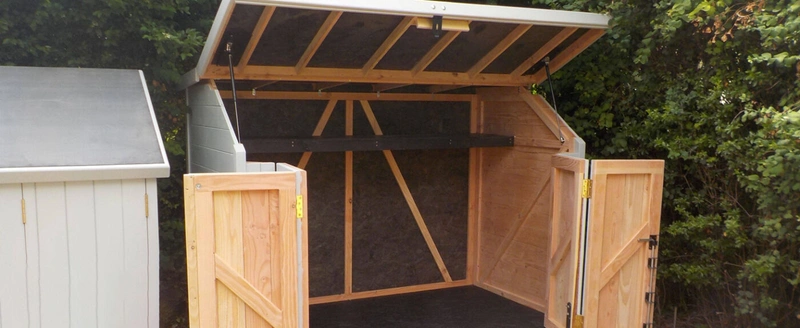
What are Tool Box Shocks?
Tool Box Shocks are gas springs designed to assist with the smooth opening and closing of toolbox lids. They provide controlled lifting force, allowing the lid to rise easily and stay open without the need for manual support. This enhances accessibility and convenience when retrieving tools.
How do Tool Box Shocks work?
Tool Box Shocks work using gas pressure contained within a sealed cylinder. When the toolbox lid is opened, the gas spring extends, providing controlled resistance that assists in lifting the lid. The gas inside is compressed as the lid closes, allowing for smooth, effortless operation. The design ensures that the lid stays open at various angles, preventing it from slamming shut.
What is the warranty on Tool Box Shocks?
The warranty on Tool Box Shocks typically varies by manufacturer, but it often covers defects in materials and workmanship for a specified period, usually ranging from one to three years. This warranty may include repair or replacement of faulty components. To ensure coverage, it’s essential for customers to retain their purchase receipt and follow the manufacturer’s guidelines for installation and usage.
Are Tool Box Shocks adjustable?
Tool Box Shocks are generally not adjustable; they are designed with a fixed gas pressure that corresponds to their specified weight capacity. However, some models may offer limited adjustability through different mounting positions or by using interchangeable springs.
How long do Tool Box Shocks last?
The lifespan of Tool Box Shocks typically ranges from 1 to 3 years, depending on factors such as usage frequency, environmental conditions, and maintenance. High-quality gas springs, like those from GASTAC, can offer durability and performance longevity. Regular maintenance, including checking for leaks and ensuring proper installation, can help extend their lifespan.
How do temperature changes affect gas springs?
Temperature changes can significantly affect gas springs, including Tool Box Shocks. In cold temperatures, gas springs may lose pressure, resulting in reduced lifting force and slower operation. Conversely, in high temperatures, the gas inside can expand, potentially increasing pressure and causing the spring to lift more forcefully. Extreme temperature fluctuations can lead to premature wear or failure.
Are Tool Box Shocks universal, or do I need specific models?
Tool Box Shocks are not universally compatible; you often need specific models tailored to your toolbox’s design and weight requirements. Each toolbox may have different dimensions, lid weights, and mounting points, which means selecting the right toolbox gas struts is crucial for optimal performance.
What weight capacity do I need for my Tool Box Shocks?
When selecting Tool Box Shocks, the weight capacity you need depends on the combined weight of the toolbox lid and any tools or equipment it will support. Generally, you should choose shocks that can handle at least 1.5 to 2 times the total weight to ensure reliable performance and safety.
What should I do if my Tool Box Shock is leaking?
If your Tool Box Shock is leaking, first, stop using it immediately to avoid further damage or injury. Inspect the shock for visible signs of wear or damage. Depending on the severity, you may need to replace the gas spring with a compatible model. Check with the manufacturer for warranty options or support for replacements.
Why is my toolbox shock not working?
- Loss of Pressure: Over time, truck tool box shocks can lose pressure, leading to insufficient lifting force.
- Leakage: A visible oil leak can indicate a damaged seal or puncture, causing the shock to fail.
- Improper Installation: Misalignment during installation can prevent the shock from functioning correctly.
- Wear and Tear: Frequent use can lead to degradation of internal components, reducing performance.
- Temperature Effects: Extreme temperatures can impact the tool box lid shocks functionality.
Can Tool Box Shocks be repaired or do they need to be replaced?
Tool Box Shocks typically cannot be repaired due to the sealed nature of gas springs, which contain pressurized gas and internal components that are not designed for service. Once a gas spring loses pressure or shows signs of wear, it is usually best to replace it with a new unit for optimal performance. However, some components like brackets or mounting hardware may be repairable or reusable.
What are Tool Box Shocks?
How much does it cost to buy Tool Box Shocks?
Here’s a sample table showing approximate prices for Tool Box Shocks from ten brands. Please note that actual prices may vary based on specific models, retailers, and geographic location:
Where can I buy replacement Tool Box Shocks?
Tool Box Shocks can be purchased from GASTAC Gas Spring Manufacturer, known for their high-quality and reliable gas springs. GASTAC offers a variety of Tool Box Shocks tailored to meet different weight capacities and toolbox designs. Their products are designed for smooth operation and durability, ensuring easy access to tools. With competitive pricing and options for customization, GASTAC is a trusted choice for anyone looking to enhance their toolbox functionality.
Website: https://www.gastac.com/
- Shop: https://shop.gastac.com/
- Youtube: https://www.youtube.com/@Gastac-Gas-Spring/videos
How do I choose the right Tool Box Shock for my needs?
- Weight Capacity: Determine the weight of the toolbox lid and tools. Select a shock with an appropriate lifting capacity to ensure smooth operation.
- Length and Stroke: Measure the required length and stroke (the distance the shock extends) to ensure a proper fit for your toolbox design.
- Mounting Type: Check the mounting style (e.g., side, top) to ensure compatibility with your toolbox.
- Temperature Range: Consider the environmental conditions in which the toolbox will be used, as some shocks are designed for extreme temperatures.
- Quality and Brand: Choose reputable brands known for reliability and durability to ensure long-lasting performance.
How do I install Tool Box Shocks?
- Gather Tools: You’ll need a screwdriver, a socket wrench, and possibly a helper.
- Remove Old Gas Shocks: If replacing, carefully detach the old tool box spring by unscrewing the mounting brackets from both ends.
- Align New Gas Shocks: Position the new gas springs in the same location as the old ones, ensuring the correct orientation (usually marked).
- Secure Mounting Brackets: Attach the gas shocks for the toolbox and lid, tightening the screws firmly.
- Test Functionality: Open and close the toolbox to ensure the shocks operate smoothly and hold the lid in place.
How do I maintain my gas springs?
- Regular Inspection: Check for any signs of wear, leakage, or damage. Look for rust or corrosion on the exterior.
- Keep Clean: Wipe down the toolbox lid struts with a clean cloth to remove dirt and debris, which can affect performance.
- Check Mounting Hardware: Ensure that brackets and mounting points are secure and not loose, as this can impact functionality.
- Avoid Extreme Conditions: Protect gas springs from extreme temperatures and harsh environmental conditions whenever possible.
- Lubrication: If recommended by the manufacturer, apply a light lubricant to moving parts, but avoid over-lubricating.
- Follow Manufacturer Guidelines: Adhere to any specific maintenance recommendations provided by the gas spring manufacturer.
张航
Stay in the loop
Subscribe to our free newsletter.
Stay in the loop
